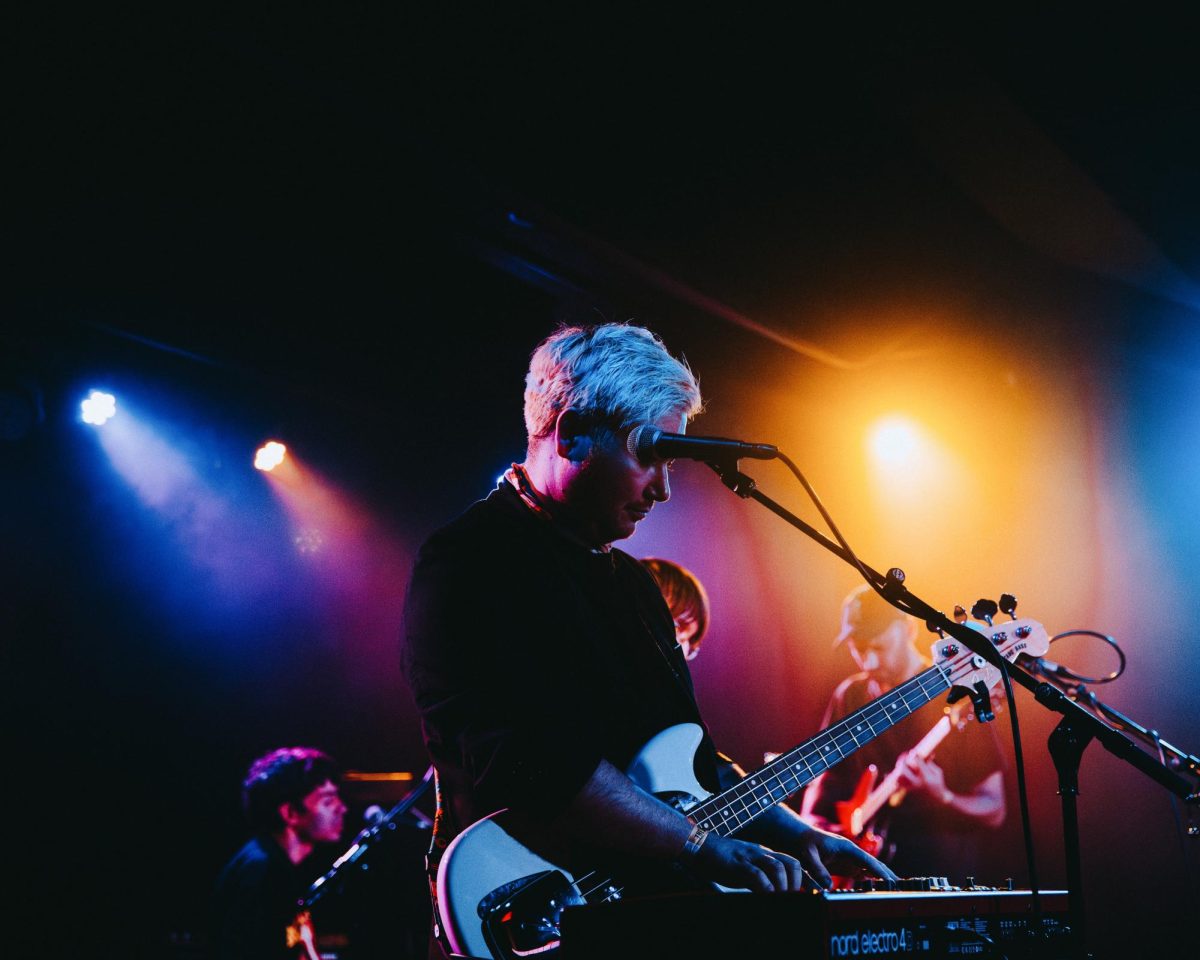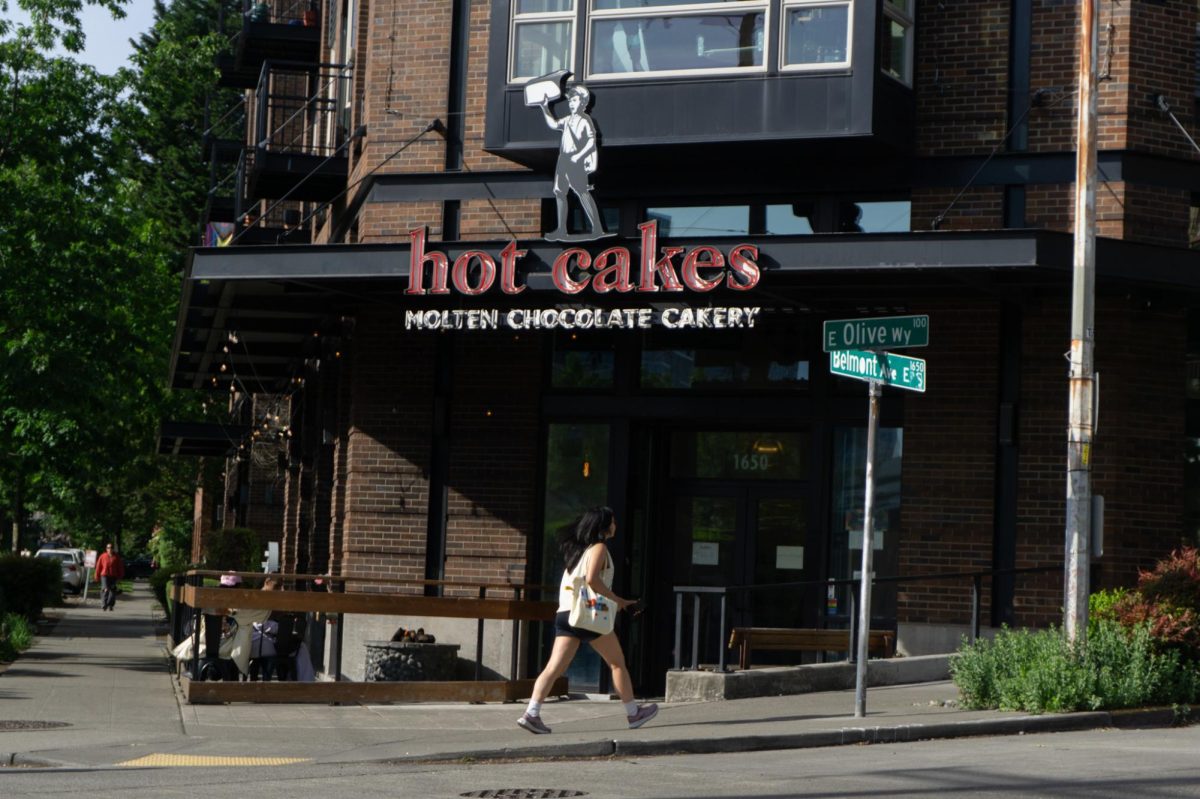There is something powerful about art that can elicit an intense emotional response. The new exhibition “Maroons,” on display in the Mariane Ibrahim Gallery on Second Ave., has just that effect.
Immediately viewers are transported to the era of colonialism upon which this exhibit is focused. Between the 16th and 19th centuries, an estimated 12 million Africans were enslaved and subject to horrific conditions.
The solo show is dedicated to the work done by the brilliant Belgian-Beninois photographer, Fabrice Monteiro. One does not need to have a degree in art to recognize how moving these photographs are.
Bleached of any vibrant color, the pieces are haunting in their starkness. The suffering is almost palpable, seeming to rise up beyond the manacles and chains seen in several of the photographs.
The English word “maroon” comes from the Spanish word “cimarron,” which means “living on the peaks.” The “Maroons” exhibition represents the communities of free Africans who managed to escape from the inhumane treatment, living “on the peaks” in both the literal and figurative sense. These communities were seen as threats to the dominant colonial society and when fleeing Africans were caught, they were punished and tortured through the use of metal masks, collars and chains.
Monteiro poignantly depicts this suffering in his pieces. He read about the history of the maroons in “Passengers of the Wind,” by Francois Bourgeon, and through several conversations with his father, his own family history was revealed to him. Monteiro’s ancestor had once been enslaved by the Portuguese and managed to return to Benin as a free man.
Using stories like that of his ancestor, Monteiro takes us on our own voyage, traversing the boundaries of slavery and freedom. Studying ancient photos and lithographs that detail the metalwork used, Monteiro redrew plans of five different shackles that were used to discourage enslaved Africans from escaping.
The heaviness of the subject matter correlates extremely well with its portrayal, with the weight of the chains matching the weight in the viewer’s heart. Staring into the faces of some of the individuals in the photographs, the absence of color is parallel to the absence of light and life. There is also an eeriness that permeates the air going through the exhibit, like if you listened hard enough you could hear the ghastly groans of the souls of past slaves.
The compelling visuals are sobering, somehow balancing a simple retelling of a tragic story rooted in such a complex history.
While the exhibit certainly deals with intense and often dark subject matter, it often inspires a reflection on the preciousness of freedom. Being able to see representations of the different kinds of shackles used to enslave people makes one analyze the efforts that were taken to smother their freedom.
In the photographs, you can clearly see how thick the metal is around the faces of Monteiro’s subjects. Yet so many of them appear to be standing tall underneath its oppressive weight.
The myriad of emotions and the profound depth found within a collection of similar pieces is tremendous and satisfying in its wholeness.
It was paradoxically empowering to view these sharp images. The history itself is saddening and the suffering is by no means meant to be glorified, but there is a large amount of artistic interpretation that can be drawn from these pieces.
Imploring and earnest from the start, the visual narrative as a whole ties together the past, present and future, and pushes the viewer to draw a deeper meaning from the subjects in the photographs.
Though I didn’t think it was possible to feel even more after I toured the exhibit in its entirety, the relevant connections that could be made between our current society and how individuals today fight for freedom brought on another round of emotions. The literal and figurative mysteries hidden within each and every piece are definitely worth discovering.
Open for the public since Feb. 4, “Maroons” will be running until Saturday, March 12.
Vikki may be reached at vavancena@su-spectator.com







